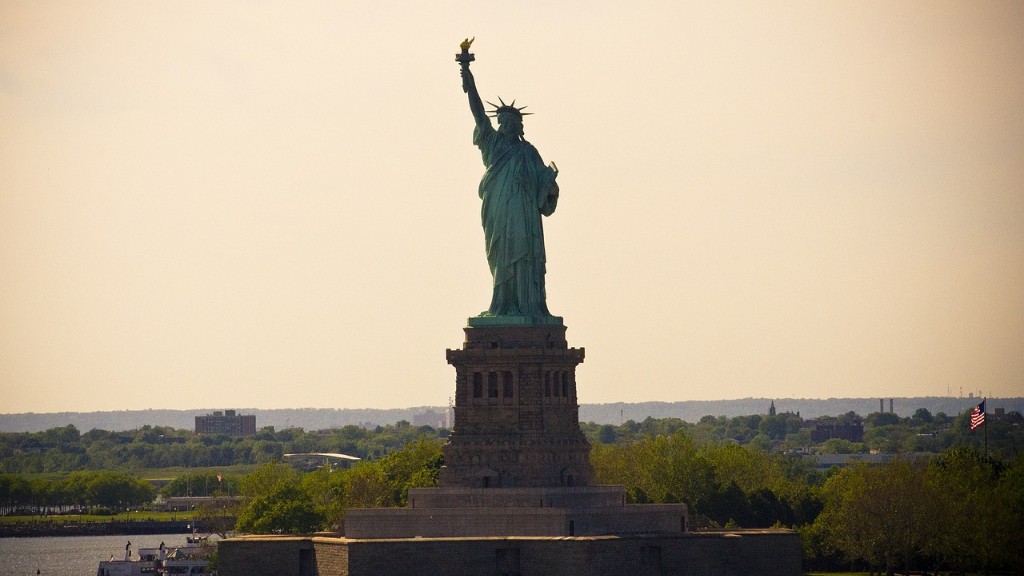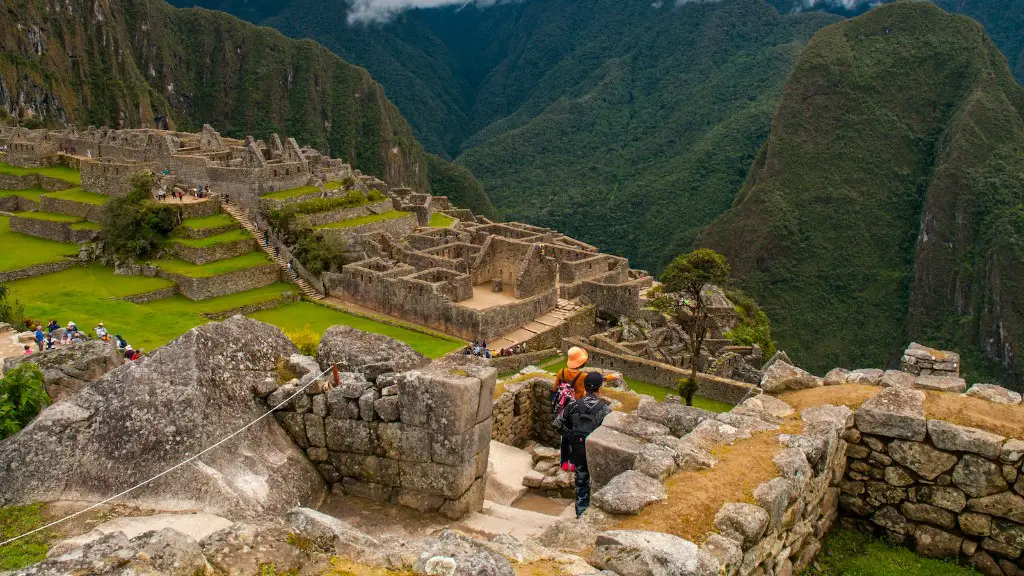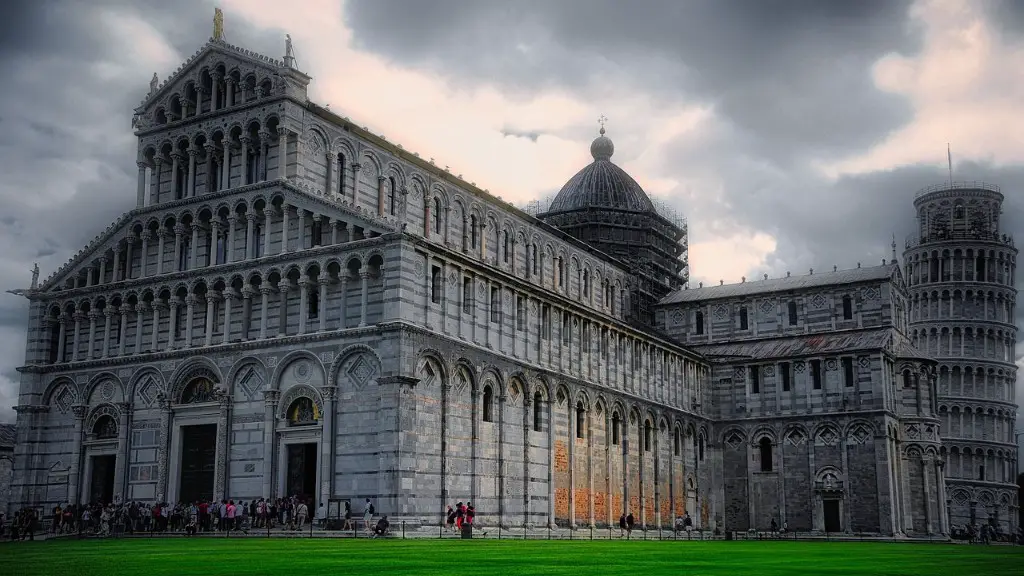Climbing the Arc de Triomphe
The Arc de Triomphe is one of the world’s most recognizable monuments, standing at the heart of Paris. The 50 metre high structure was constructed to commemorate the heroic battles of Napoleon in 1836, and when you look up at it you can almost feel the history of the world emanating from it. For many, a visit to Paris is incomplete without a climb to the monument’s top, where you can admire the beauty of the city in all its glory. But do you need tickets to climb the Arc de Triomphe?
The answer is yes, you need tickets to climb the Arc de Triomphe. Access to the top of the monument is restricted to visitors who have purchased tickets. The cost of admission varies depending on your age, with prices starting from €7 for adults and €3 for children and concession holders. You can purchase tickets from either the ticket offices located at the foot of the Arc de Triomphe or from one of the authorised websites, usually offering discounts and promotions. Tickets purchased online must be printed out prior to your visit and presented at the ticket offices.
Visiting the Arc de Triomphe is an experience unlike any other. As you make your way up the 300 stairs, you can feel the monument’s rich history. From up on high, you can see the panoramic view of the city below, stretching from the Eiffel Tower to the Garnier Opera House. It’s an awe inspiring sight and one that is sure to stay with you long after your visit.
However, visiting the Arc de Triomphe isn’t without its dangers. The monument is closed during thunderstorms and high winds and visitors are reminded to check the weather before making the ascent. In addition, the monument can get extremely crowded, with long lines and waits often reaching an hour or more.
Finally, before you embark on your journey up, you should read the safety rules that are posted around the monument, which include no running, no eating, no drinking and no pushing. All of these precautions are in place to ensure that you can safely enjoy your climb.
Visiting the Layers of the Monument
Once you have your ticket, you can proceed to the monument itself. There are several layers to the Arc de Triomphe, each one offering something unique to explore. The lowest level is the Place de l’Arc de Triomphe, the parade ground from which military parades often depart. This is where many national ceremonies are held and is also home to a number of statues, including a monument commemorating the French victory in the battle of Verdun.
The second level of the monument is home to several impressive artefacts, including detailed maps of Napoleonic battles and a large ornate altar. This level offers visitors a view of Paris’s main boulevards, such as the Champs Elysees and the Avenue des Ternes. Here you can take photos and enjoy the stunning vista that the Arc de Triomphe provides.
The third floor of the Arc de Triomphe is the highest level, and here you can get the most spectacular views of Paris. As you look out over the city, you can pick out landmarks such as the Eiffel Tower, the Sacré Coeur and Notre Dame Cathedral. You can even see the City of Light in its entirety on a clear day! The top of the Arc de Triomphe also has a 360 degree viewing platform, allowing you to get an aerial perspective of the city.
Restaurants and Café on the Arc de Triomphe
Once you are done exploring the many layers of the Arc de Triomphe, you can take a break and enjoy some refreshments at one of the many restaurants and cafés located on the monument. At the top, the café-restaurant Fouquet’s serves classic French cuisine as well as modern dishes, while the L’Oiseau Bleu offers a range of house specialities. There is also the Café de l’Arc de Triomphe, which serves up a variety of drinks and light snacks.
No matter which eatery you choose, you will have a great view of the city while you dine. After all, the Arc de Triomphe offers an unparalleled view of Paris from its highest point, and you will be able to take in the beauty of the city as you enjoy your meal.
Exploring the Monument Through Events
The Arc de Triomphe also plays host to a number of cultural and musical events throughout the year. From classical concerts to modern performances, there is something for everyone. So if you want to discover a unique experience in Paris, attending an event at the monument is an ideal way to do it.
This tradition started in 1984, when the French Ministry of Culture began organising performances and art shows at the Arc de Triomphe to commemorate Emperor Napoleon’s death. Since then, the Parisian landmark has become a prime venue for music and art, and continues to host events on a regular basis.
If you’re looking for a truly unique experience, you can even hire the Arc de Triomphe for exclusive events, such as weddings, birthday parties and corporate gatherings. With its beautiful backdrop and unbeatable views of the city, the Arc de Triomphe is the perfect venue for a special occasion.
Night Tours of the Monument
For those who want to explore the Arc de Triomphe after hours, night tours offer incredible views of the city from the monument’s highest point. These tours are highly recommended and are an unforgettable way to experience the monument. Before the tour starts, a guide will fill you in on the fascinating history of the Arc de Triomphe and you can take some time to explore its nooks and crannies as you travel up the stairway.
Once you reach the top of the monument, you can watch as the city below lights up in the night sky. It’s an incredible sight and one that you will never forget. The tour guide will point out the major attractions of the city and answer any questions that you may have.
Night tours of the Arc de Triomphe often include a visit to the Catacombs, a subterranean network of tunnels which is often seen as a symbol of the city’s long and turbulent history. The Catacombs make for a fascinating tour and offer an insight into the darker side of Paris.
A Must Visit Site in Paris
So, if you’re planning a trip to Paris, make sure to add the Arc de Triomphe to your itinerary. With its stunning views and amazing historical significance, it’s a must-visit site in Paris. Whether you decide to purchase tickets to climb the monument or to attend an event, your visit will certainly be unforgettable.
Although tickets can be a little pricey, they’re definitely worth it. A climb to the top of the Arc de Triomphe gives you an unparalleled view of Paris and allows you to immerse yourself in the city’s rich history. All in all, it’s an experience you won’t soon forget. So don’t forget the tickets, and your trip to the Arc de Triomphe will be one to remember!
History of the Arc de Triomphe
The Arc de Triomphe has been standing for over two hundred years and is steeped in history. The monument was first conceived as a display of force by Napoleon, who was looking to celebrate his victory over Europe’s many armies in 1806. The Arc de Triomphe was first constructed in 1810, but would take another one hundred and twenty seven years before it was completed in 1937.
The identity of the architect who designed the Arc de Triomphe remains disputed to this day, though the general consensus is that it was either Jean Chalgrin or Charles de Wailly who designed the iconic structure. The monument stands 50 metres tall and over 22 metres wide, making it one of the largest triumphal arches in the world.
Today, the Arc de Triomphe is one of the most popular tourist sites in Paris. It is located on the Place Charles de Gaulle, at the western end of the Champs Élysees and is overlooked by the Eiffel Tower and the Sacré Coeur. Every year millions of visitors flock to the Arc de Triomphe to marvel at its majesty or to simply enjoy the scenic view of the City of Light.
Symbol of National Unity
The Arc de Triomphe is not just an iconic monument, it also serves as a symbol of national unity. The French people have a deep sense of pride in their nation and the Arc de Triomphe stands as a reminder of this feeling. It has been used as a rallying point for political and military parades, demonstrations and protests throughout its history.
The Arc de Triomphe is the site of many annual commemorative ceremonies, such as the Armistice Day anniversary, celebrated every November 11th. It also marks the symbolic starting point of the famous Tour de France cycling race, held every July. Whether it is used as a political statement or to celebrate sporting achievements, the Arc de Triomphe is a testament to the strength and spirit of the French people.
The Arc de Triomphe is also home to the Tomb of the Unknown Soldier, a symbol of France’s commitment to honoring the lives of their fallen soldiers. Every day, a guard is posted at the tomb in a solemn ceremony to remember those who have died in France’s military conflicts.
Preservation of the Monument
The Arc de Triomphe has been well preserved over the years and is in mostly the same state as it was when it was first built. Over the centuries, the monument has been through a number of renovations and restorations in order to preserve its original integrity. In 2003, a lift was installed at the entrance of the monument in order to allow visitors with disabilities to ascend to the top.
The Arc de Triomphe is also the recipient of various awards and accolades, including the European Union Prize for Cultural Heritage / Europa Nostra Award. This prize is awarded to the organizations or individuals who have made excellent achievements in the conservation, restoration or appreciation of European cultural heritage.
So the next time you visit Paris, make sure to visit the Arc de Triomphe. Whether you purchase tickets to climb to the top or view the monument from below, you’ll be sure to have an unforgettable experience!



